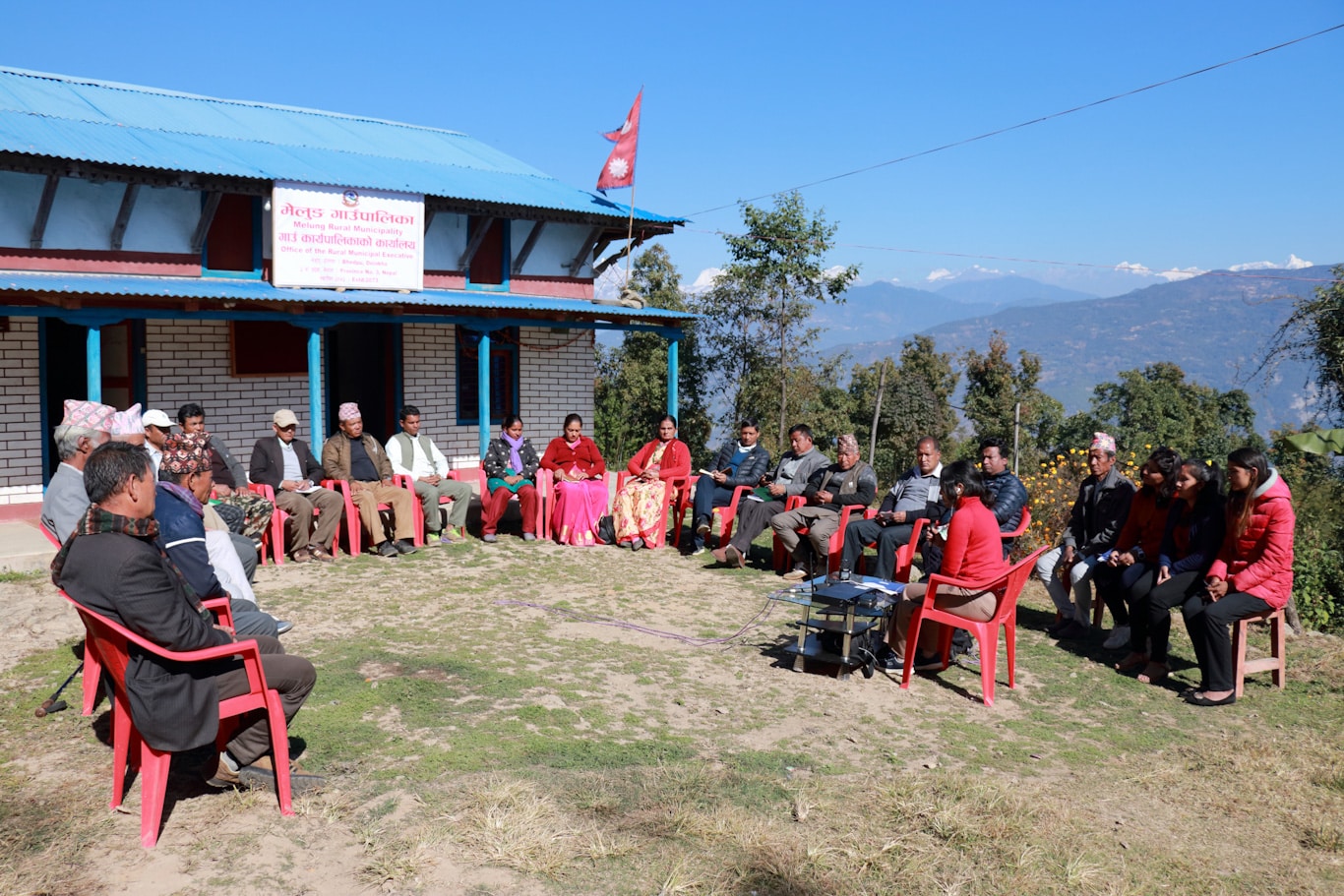

A comparative case study of couples programming to support relationship quality in Nepal and Rwanda
Although intimate partner violence (IPV) is the most common form of violence against women, there is limited understanding of best practices to prevent IPV through working directly with couples and supporting quality of relationships.
A Project of —
Nepal, Championing Gender Equality & Women’s Empowerment, Research & Learning
Published in the Journal of Social and Personal Relationships by Erin Stern, Susi McGhee, Gemma Ferguson, and Cari Jo Clark on August 1, 2019, this article compares evaluation data of two programs to improve couples’ relationships in Nepal and Rwanda.
Abstract
Although intimate partner violence (IPV) is the most common form of violence against women, there is limited understanding of best practices to prevent IPV through working directly with couples and supporting quality of relationships. There are valid concerns of safely conducting research and programming with couples. Yet couples programming responds to the fact that many couples may want to stay together but require support and skills to manage violence.
This article compares evaluation data of two programs in Nepal and Rwanda that worked with couples to support relationship quality. The Indashyikirwa program in Rwanda implemented a 5-month curriculum with couples to support equitable, nonviolent relationships. Approximately 25% of trained partners of couples were further supported as community activists for an additional 2 years. Change Starts at Home in Nepal implemented a 9-month couples’ curriculum to promote equitable and violence free relationships through fostering mutual respect and understanding, alongside a weekly radio program. The last 3 months of the curriculum focused on community outreach and awareness.
This article draws on longitudinal qualitative interviews conducted separately with 28 partners of couples before, immediately after and 1 year following the couples’ curriculum in Rwanda, and with 36 partners of couples before, 6 months into the curriculum, and at the end of the intervention in Nepal. Thematic analysis of couples’ accounts was conducted and compared across the two studies. Despite the different interventions and settings, the cross-comparative analysis suggests similar pathways of change among couples, including enhanced relationship quality and skills as mediators to prevent IPV. This article considers how both programs supported greater communication and conflict resolution skills and a sense of unity and shared power among couples. The findings suggest the value of couples programming within the context of an enabling environment, highly trained facilitators, and strong referral networks.